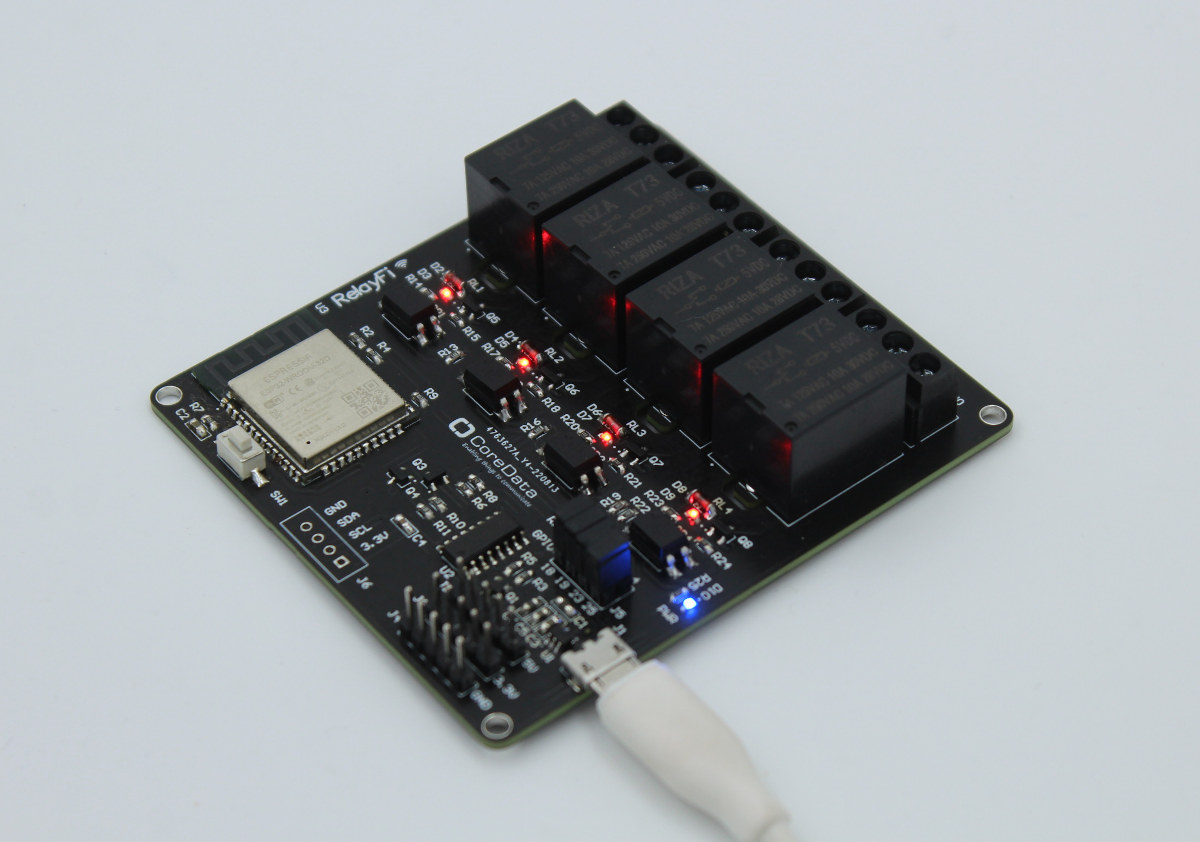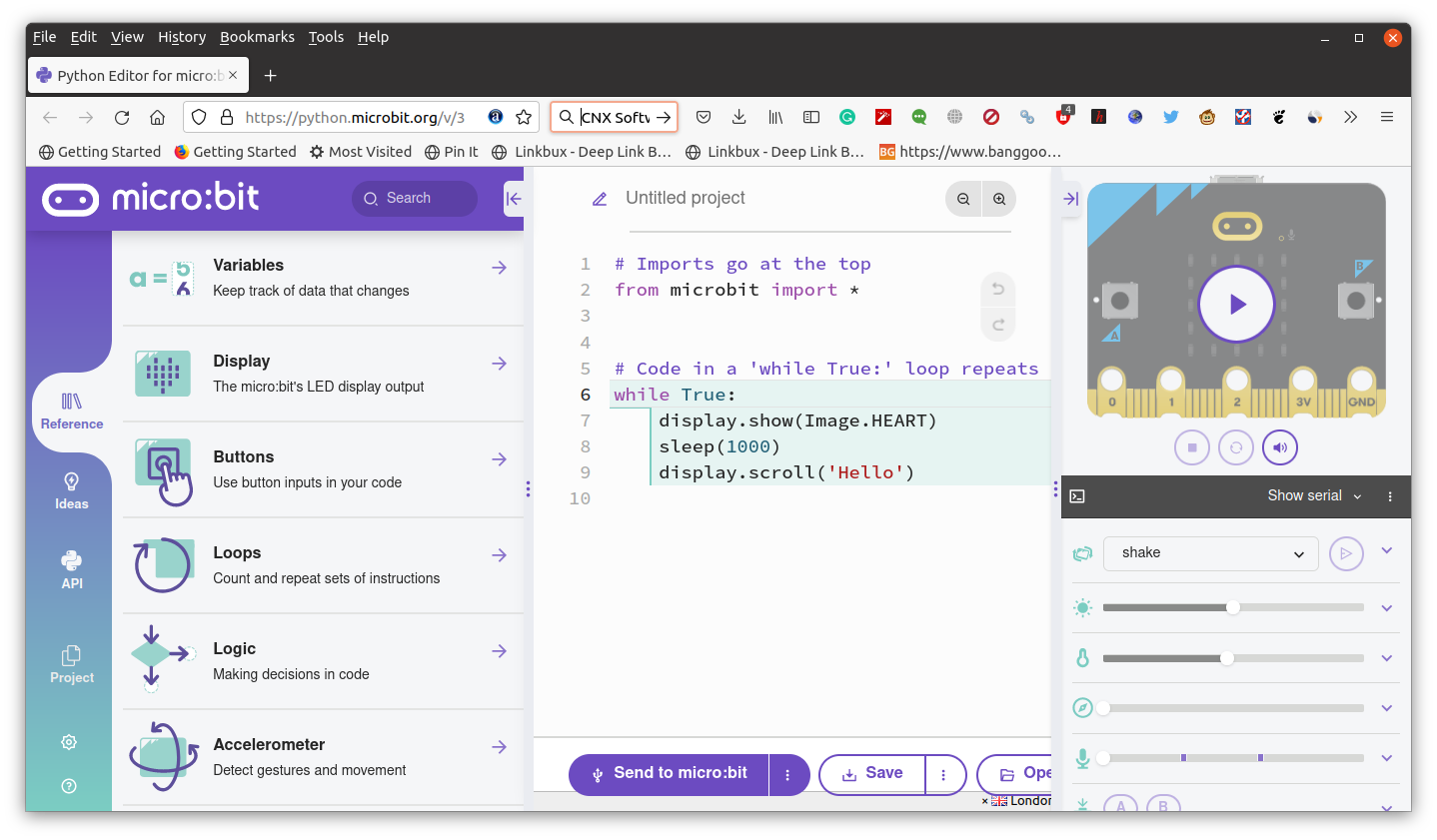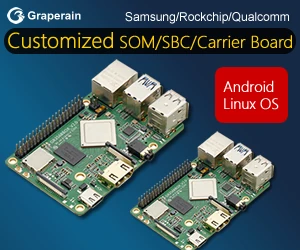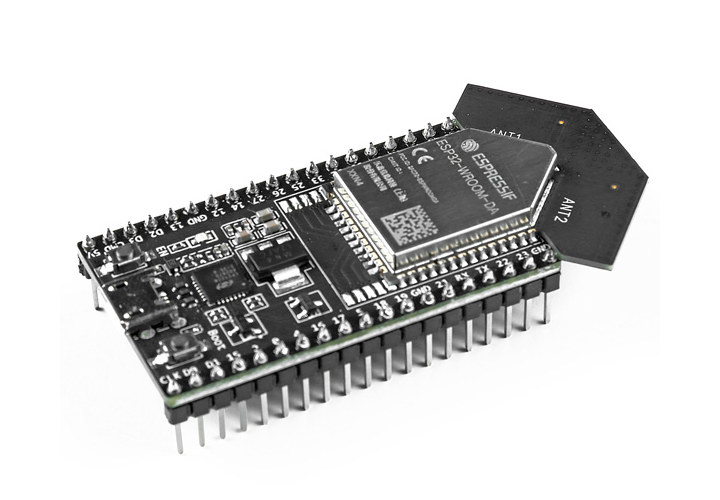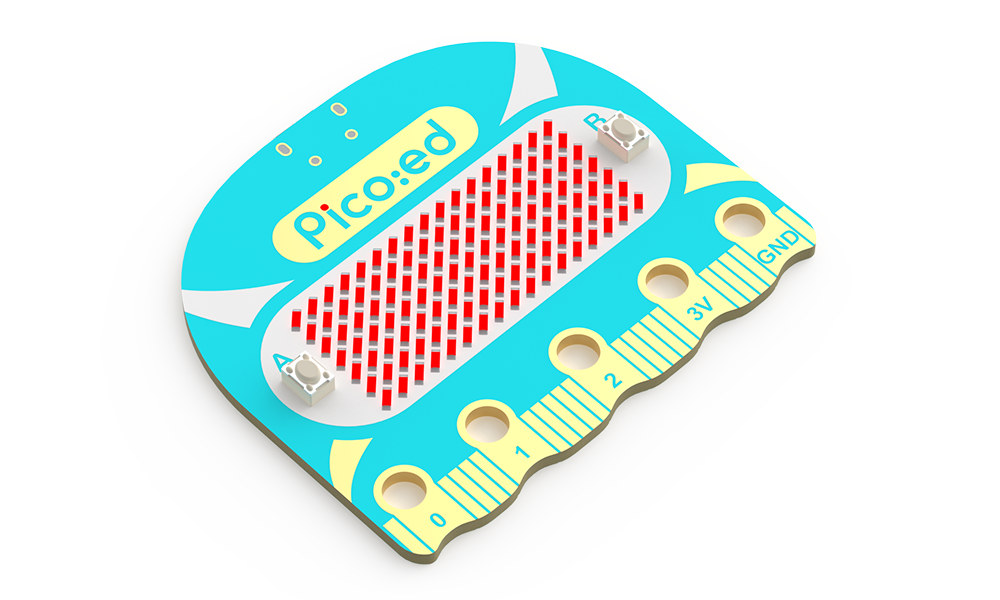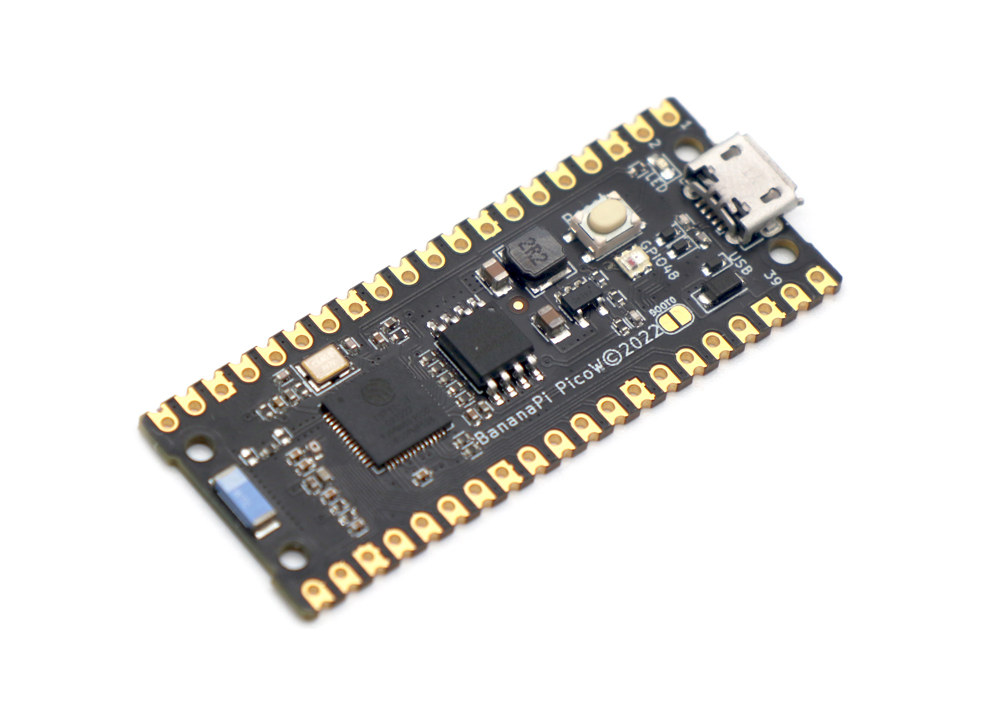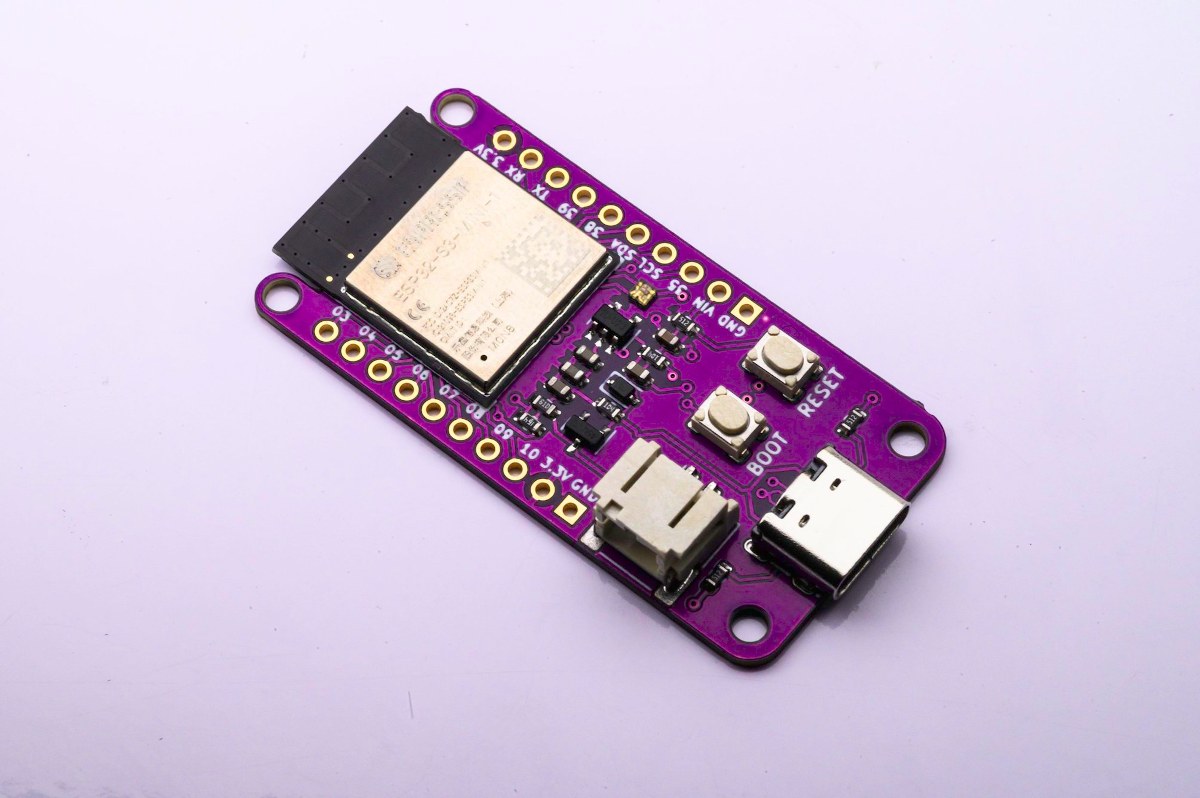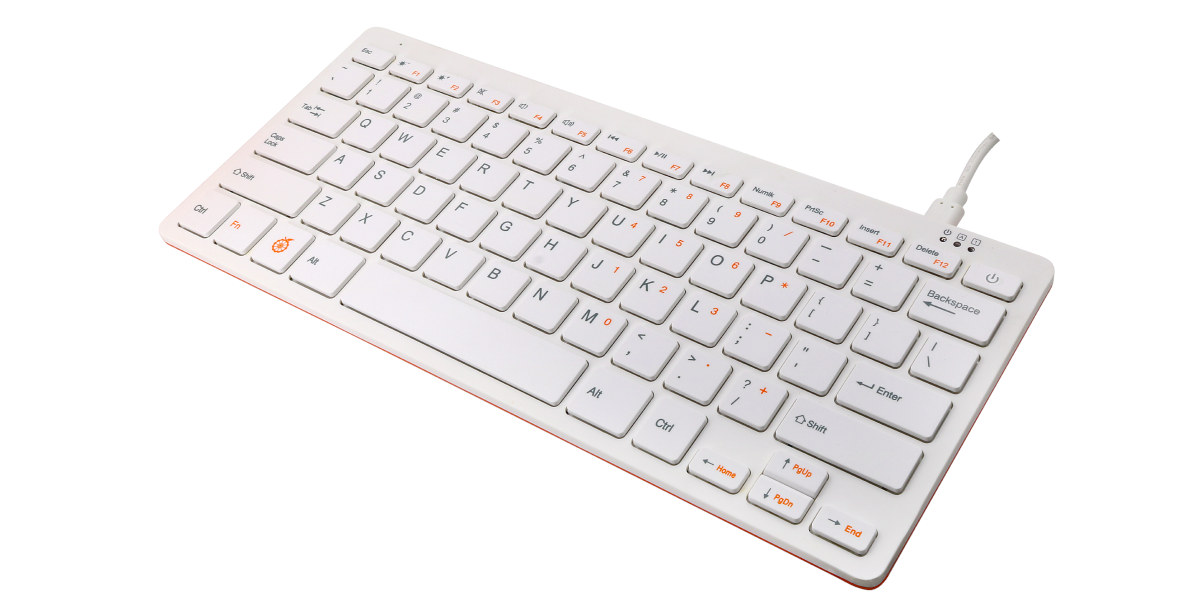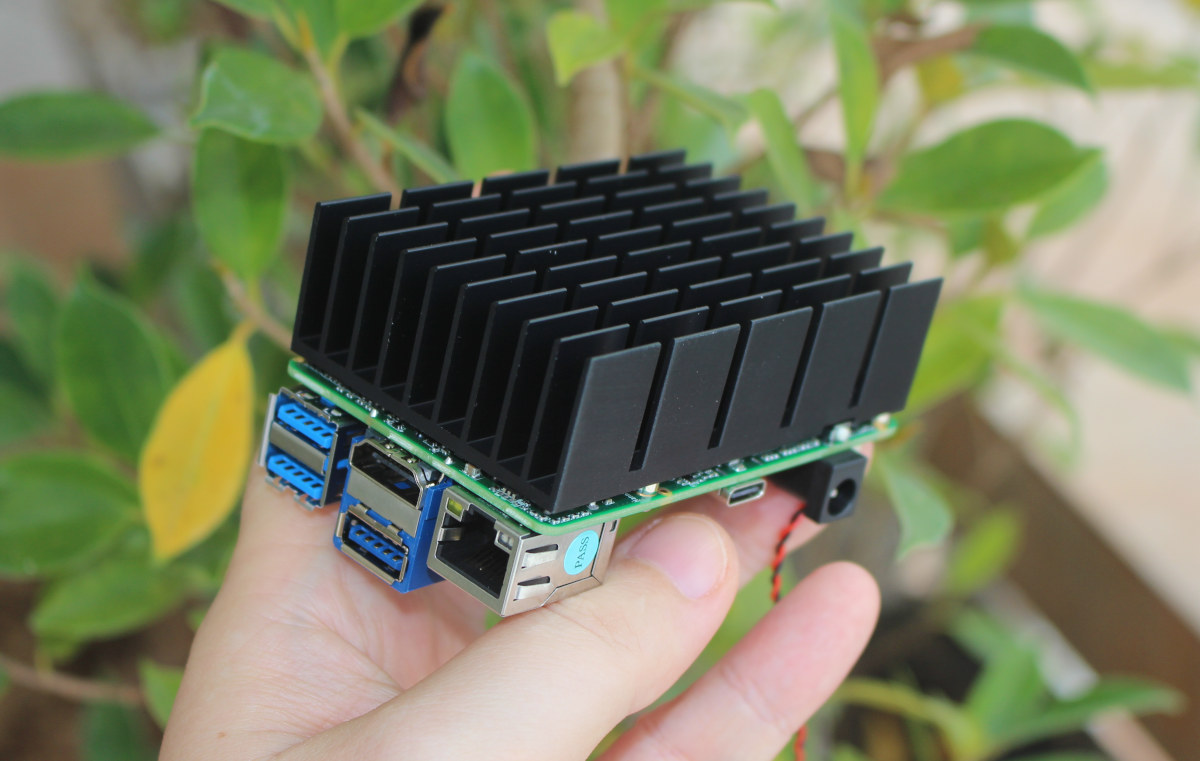RelayFi – A Tasmota compatible 4-channel relay board (Crowdfunding)
CoreData Global, a Singapore-based research and development firm, has just introduced the RelayFi 4-channel relay board based on ESP32 and compatible with Tasmota open-source firmware, as well as Espressif’s ESP RainMaker cloud and ESP-NOW networking API. RelayFi is fitted with an ESP32-WROOM-32D WiFi and Bluetooth module, four relays capable of handling a load of 250 VAC/7A or 30 VDC/10A, and EL817C Optoisolators for safety. The board also comes with CH340C USB to TTL chip for programming, an I2C header for expansion, and some jumpers for relay selection. RelayFi specifications: Wireless module – Espressif Systems’ ESP32-WROOM-32D module with ESP32 dual-core Tensilica microcontroller, 32Mbit SPI flash, Wi-Fi 802.11 b/g/n up to 150 Mbps, Bluetooth 4.2 LE, and PCB antenna Relays 4x relays up to 250VAC/7A or 30VDC/10A 4x EL817C optocouplers for safety 4x relay status LEDs Screw terminals Relay selection jumper USB – 1x micro USB port for power and programming via […]

